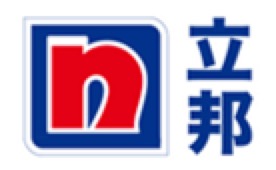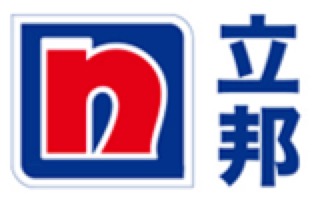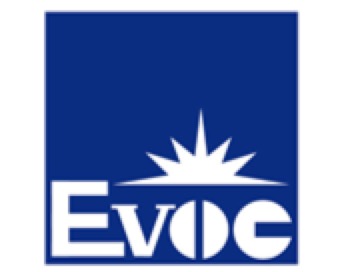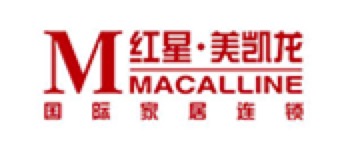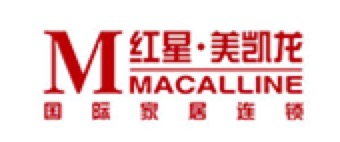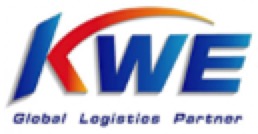LianLian Pay
LianLian Pay is a professional third-party payment agency, China's leading payment solution provider, and currently the largest payment institution in Zhejiang Province. It has served nearly 10,000 merchants and more than 100 million user count with business coverages over the entire country.
In view of the high requirements for data security and business continuity of LianLian Pay, NOVA designed a fully redundant WAN communication solution. Carrier lines and routers of each node adopt a dual-line design and mutually back up each other. A robust network design can assure external real-time data exchange between LianLian Pay and banks, as well as internal interconnection among LianLian Pay headquarters, data centers, and disaster recovery data centers. Whereas NOVA network coverage in many cities has already been reached out to many merchant sites which can enhance LianLian Pay.to improve business competitiveness.
Cigna CMB
Shareholders of Cigna CMB, a sino-foreign JV, are both Fortune Global 500 companies, the China Merchants Bank and US CIGNA. In 2016, Cigna CMB's business covers more than 10 provinces in China, with annual premium income at 12 billion yuan, handling more than 410,000 claims cases.
As a financial enterprise leveraging on informatization and networking to conduct insurance business , Cigna CMB has very strict requirements for security, reliability and network availability. NOVA has designed a one-stop WAN communication solution to realize the private line interconnection among customer headquarters, branches, and data centers and satisfy the requirements of real-time data backup to the disaster recovery data centers.
NOVA also provides BGP dual-line Internet access services for Cigna CMB, to help breaking the blockage between northern and southern internet network and paving a way for high speed internet access facilitating new core business release , and boosting the rapid development of customer's innovative insurance business.
Great Wall Life Insurance
Great Wall Life Insurance is a stated-owned enterprise with registered capital exceeding 5.532 billion yuan. Till now, Great Wall Life Insurance has set up nationwide branches in Beijing, Shandong, Sichuan, Hubei, Qingdao, Henan, Hebei, Jiangsu, Guangdong and other places.
Demand for informatization for insurance businesses is increasing. For business processes including marketing, insurance policy upload and inquiry, accounting and finance, it is necessary to transmit business data in real time. Based on the business needs of Great Wall Life Insurance, NOVA uses its fully redundant WAN communication design solution to build a secure, reliable and highly available network for the customer, realize network interconnection and business interoperability among the headquarters data center, branches, and disaster redundant data center, support efficient operation and high-speed data transmission of business systems, and achieve stable operation of insurance businesses, so as to enhance service competitiveness.
Sun Life Everbright Life
Sun Life Everbright Life was jointly established by China Everbright Group and Sun Life Financial Services with a registered capital of more than 5.4 billion yuan. At present, Sun Life Everbright Life has established 22 provincial branches across the country, covering 80% of the country's population.
In order to adjust and optimize the original point-to-point networking, NOVA has tailored the WAN communication solution for Sun Life Everbright Life. Based on the network architecture capabilities of NOVA, it helped customer reducing leased lines cost, realized full-process professional management of the entire network, and greatly reduced the customer's investment in network maintenance. The solution also assures QoS throughout the network and provides a sound guarantee for the performance requirements of audio and video systems, mail systems, and core business systems. Network expansion becoming simple and fast, and the network availability is higher, which effectively guarantee stable operation of the businesses.
Generali China
Generali China, as a joint-venture between Assicurazioni Generali S.p.A. (Generali) and China National Petroleum Corporation, is one of the largest joint-ventured insurers in China. Headquartered in Beijing, Generali China has 14 provincial branches and 99 institutions in China, with a total capital of more than 50 billion yuan.
Generali China's basic network facilities need to carry unified data communication tasks with high carrying capacity, which integrates business, management, office and insurance services. Based on NOVA WAN communication solution, Generali China has realized the private line interconnection among branches across the country. Branches can be interconnected in real time to better carry nationwide business data, audio and video conferencing data, IP-based call center data, office automation data, ERP data, CRM and financial system management data, as well as remote backup data for disaster redundancy. The solution provides a solid foundation for business analysis, business promotion, and business supervision for branches across the country.






















